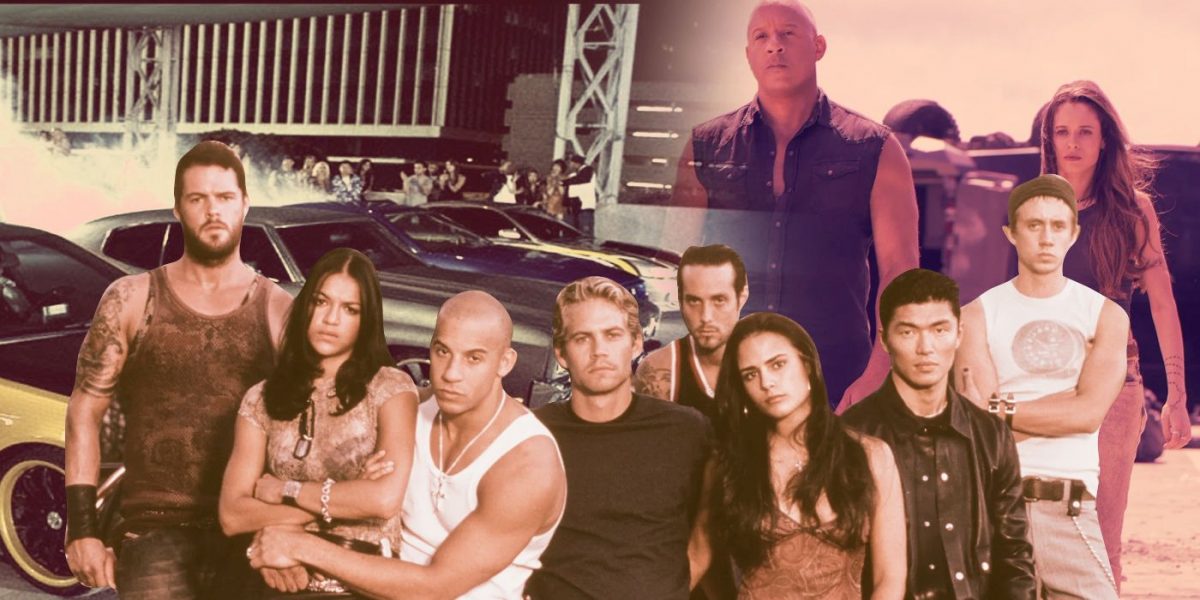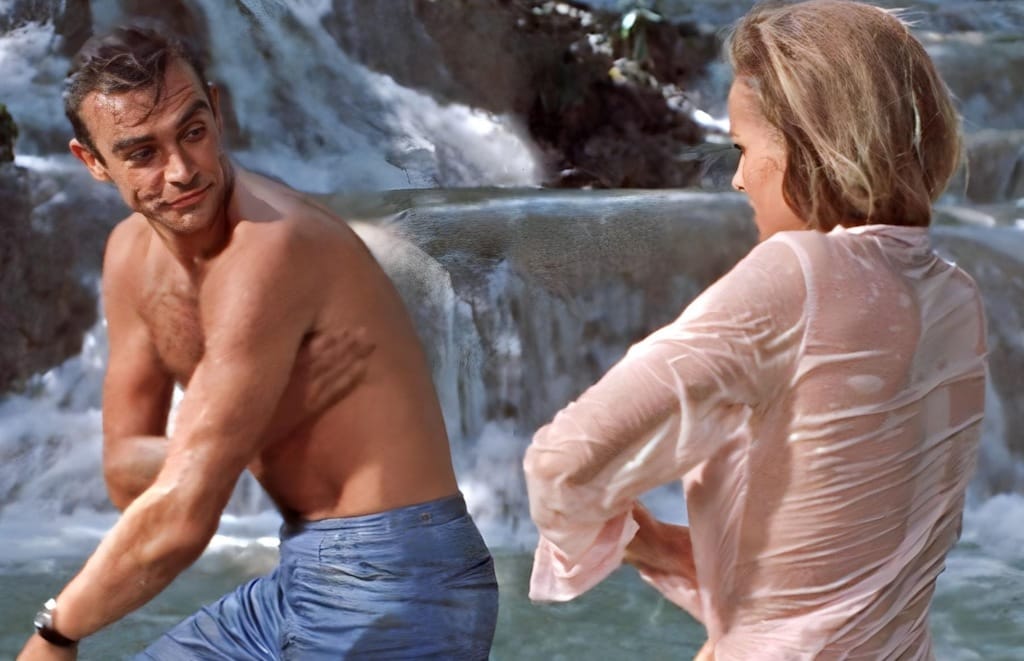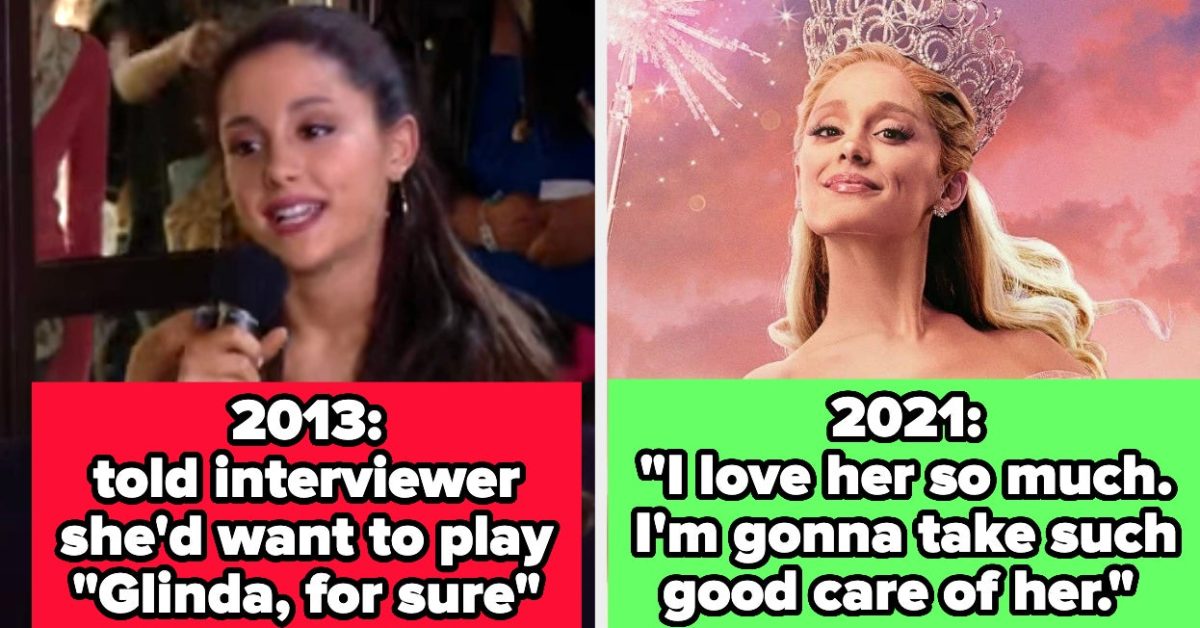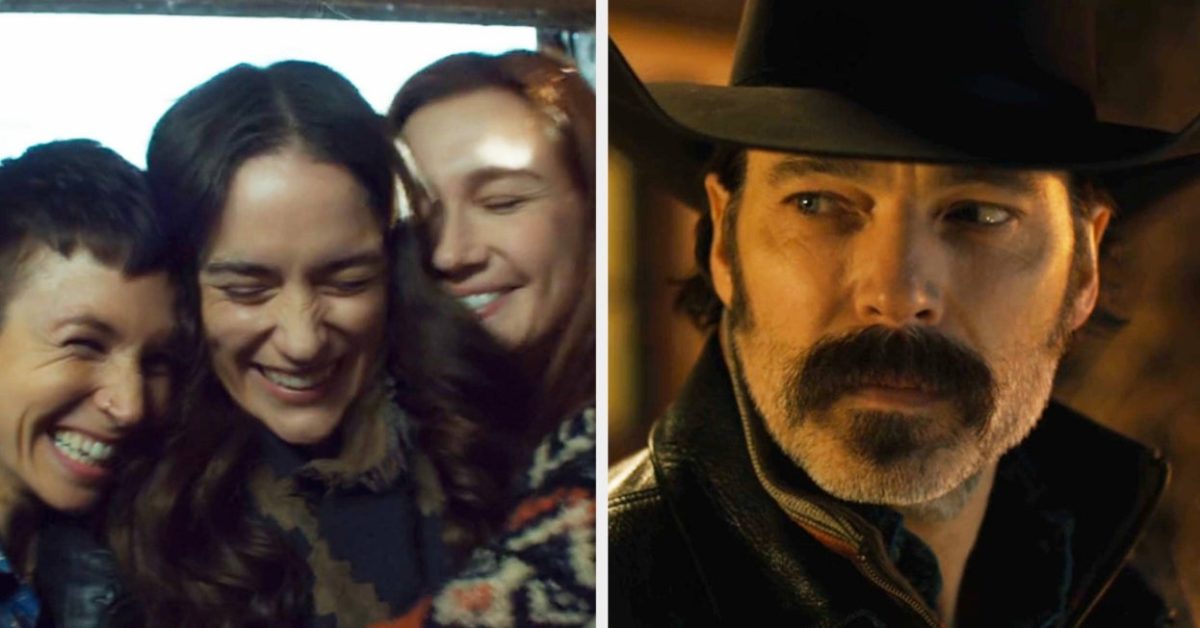
How The Fast & Furious Franchise Was Revived After Running Out of Gas
Apr 8, 2024
Summary
The Fast & Furious franchise began as a hit in 2001, with the sequel financially successful but below expectations.
A pivotal cameo by Vin Diesel in Tokyo Drift reignited the franchise, leading to the return of the core cast in Fast & Furious.
Fast & Furious marked a transition away from street racing towards international heist films, opening up new horizons for the franchise.
The Fast & Furious franchise is now known for its global dominance, which has made it one of the most lucrative franchises of all time. It all started in 2001, when The Fast and the Furious became a surprise hit, and it was then followed by a sequel in 2003 which, while financially successful globally, came in below its predecessor on the domestic front but still indicated that the franchise had some life in it. By the time the third film was released, key players from the first two films were missing in action (except for a pivotal cameo at the end of the film) and it continued a trend of diminishing financial returns.
However, it was that pivotal cameo that set in motion a return to form, so to speak, with 2009’s Fast & Furious. It was 15 years ago that the franchise not only brought back everyone who made the first film a hit, but it also began to up the scale of the series and set in motion a transition from simple street racing flicks to international heist films that certainly called for a suspension of disbelief but never failed to deliver pure popcorn entertainment.
In 2001, the Fast franchise began with Vin Diesel, Paul Walker, Jordana Brewster, and Michelle Rodriguez. Functioning as a sort of “Point Break with cars,” the film spoke to its target audience and became a surprise hit that summer, grossing over $207 million worldwide on a sensible $38 million budget. When it came time to do the sequel, only Paul Walker returned for the follow-up, with Diesel, Brewster, and Rodriguez sitting out for various reasons. The sequel took in $236.4 million globally, but reviews were mostly negative and its domestic gross of $127.2 million, was down from the $144.5 million generated by the first film.
The sequel showed that the core cast being together is what fans wanted to see again, particularly the pairing of Diesel and Walker, who showcased considerable chemistry despite the characters being so seemingly different.
The Fast and the Furious: Tokyo Drift Underperformed But Had a Game-Changing Cameo
With the third film, 2006’s The Fast and the Furious: Tokyo Drift, the entire main cast consisted of new stars and, at the time of its release, it wasn’t entirely welcomed with open arms by the fans. To date, it’s still the lowest-grossing film of the franchise ($159 million worldwide) but it did offer one moment that played a significant part in securing the future of the franchise.
Universal Pictures wanted a high-profile cameo from one of the franchise’s biggest stars after the third film had respectable test screenings. The studio decided to reach out to Diesel to reprise his role as Dominic Toretto at the end of the film, but the actor had one condition when it came to returning: he wanted Universal’s ownership of the rights of the Riddick character that he had played in Pitch Black and The Chronicles of Riddick, in place of being paid. Universal agreed to these terms and the cameo played well with fans who decided to give Tokyo Drift a shot, despite the film feeling like it was almost a redo of the series since it featured a primarily new cast.
When it came time to do the fourth film, it almost felt like Universal went the legacy sequel route before legacy sequels became all the rage. The popular reaction to Diesel’s cameo in the third film made the studio realize they could reinvent the franchise by bringing back its original stars. Diesel was secure with his rights to the Riddick character, which made him more inclined to return in a main star capacity, and his inclusion made it easier to secure the returns of Walker, Brewster, and Rodriguez. By 2007, all of their returns were announced as being official but there had to be some maneuvering done to explain where the third movie fell in the franchise’s timeline.
Related Every Fast & Furious Movie, Ranked by Letterboxd Fast & Furious is Universal Pictures’ biggest franchise, centering around action films involving illegal street racing, heists, spies, and family.
One of the highlights of the third movie was Justin Lin’s position as director and the inclusion of a new character named Han Lue (Sung Kang), who quickly became a fan favorite. The drawback was that Han was seemingly killed in Tokyo Drift and Lin wanted to figure out a way to include the character moving forward if he was to return to direct the fourth installment, while also explaining the absences of the main cast from either of the previous two films.
When it came time to develop Fast & Furious, it was decided that Tokyo Drift would take place beyond the events of the fourth film, while a short film prequel written and directed by Diesel called Los Bandoleros, would set up the hijacking of the fuel tanker in the Dominican Republic that starts the fourth installment. This would allow the character of Han to be used since the fourth movie actually took place before the third in the timeline, and it could also explain where Dom and Letty had been while also setting up how Letty’s “death” kick-starts Mia and Brian getting back into the mix.
The fourth film established that the secret ingredient of the franchise’s success at that time was the chemistry of its main cast. The audience also wanted to see where Brian and Dom ended up after the first movie, since the reveal that Brian was an undercover cop and how that affected Dom and his crew, really wasn’t tapped into in the subsequent films. The fans got to see the tension that still existed between those characters, which was also mixed with a level of mutual respect. Unfortunately, there had to be a big catalyst that brought them together and that proved to be the “murder” of Letty. Rodriguez’s screentime in Fast & Furious is minimal, which was a bummer for fans at the time of its initial release, but it was a strong enough event that justified bringing everyone else together. As we would later find out, Letty didn’t die, and she fully returns to the series in Fast & Furious 6.
Fast & Furious Started Stepping Away From Street Racing
Fast & Furious also signals that the franchise, to continue in a long-term capacity, was going to have to expand and evolve. The films could not just be about street racing again. The stakes had to be raised and this is why, for better or worse, the street racing angle that formed the DNA of the films during its beginnings was gradually being phased out.
There is one typical street race in Fast & Furious that sees Brian racing in a modified 2002 Nissan Skyline GT-R R34 while Dom also shows up in his 1970 Chevrolet Chevelle SS. It feels like a callback to the first movie, but it was clear with the fuel tanker hijacking that kicks off the film, the series was becoming bigger than a mere street race. The rest of the film features other big action set pieces, particularly the tunnel sequence that serves as the climax of the movie. By 2011’s Fast Five, the series would essentially leave its street racing roots behind, but it all begins here and displays that the franchise desired much bigger aspirations moving forward.
Related Every Fast & Furious Movie Ranked by Box Office Gross Check out this ranking of every Fast & Furious movie, based on how much it made at the box office.
When Fast & Furious was released on April 3, 2009, the film became an instant hit, grossing a staggering $72.5 million during its opening weekend. To put things into perspective, that opening was more than Tokyo Drift grossed during its entire domestic run. By the time it ended its time in theaters, the movie grossed $155.1 million domestically and $360.4 million worldwide, a significant improvement over the performance of the third film.
Critics weren’t kind to Fast & Furious, with the film registering a rotten score of 29% on Rotten Tomatoes. What the financial reception showed was that casual moviegoers loved seeing the gang get back together and that played a huge role in the film being successful. The addition of new characters, such as Gal Gadot’s Gisele Yashar, also did its part in enticing movie watchers, but it really came down to the return of Diesel, Walker, Brewster, and Rodriguez. Catching up with familiar characters gave fans a reason to see the fourth film, and it was this return to form that really shaped the subsequent films, with Fast Five, Fast & Furious 6, Furious 7, and The Fate of the Furious putting up some of the biggest global box office numbers of the franchise. No matter what some might think of how over-the-top things have gotten in some of the films now, it’s still clear that the sense of family and reuniting with old friends is what put gas back in this franchise’s tank.
Publisher: Source link
15 Times Actors Manifested Dream Roles
In 2014, he told GQ, "[Gambit is] the only superhero I really followed. He was the most real to me: smoking, drinking, women-loving, thief. He just looked cool to me. I've always loved him. And obviously, he's Cajun."He was first…
Sep 22, 2024
Catelynn Lowell Denies Choosing Tyler Baltierra Over Daughter Carly
‘Teen Mom’ Star Catelynn Lowell Claims Her Daughter Carly’s Adoptive Parents Have Blocked HerCatelynn Lowell is not letting the critics have the final say. Days after the Teen Mom star shared that she and husband Tyler Baltierra had been blocked from communicating with their biological daughter Carly by the…
Sep 22, 2024
Wynonna Earp Vengeance Cast On Deaths, WayHaught, And More
5. Doc's big hero sacrifice and death is probably the most shocking moment at the end of Vengeance. Why was now the correct moment for this to be Doc's end, and was it something that had been planned for a…
Sep 21, 2024
Olympian Maggie Steffens Details Shock After Sister-in-Law’s Death
Olympian Maggie Steffens is remembering her late sister-in-law Lulu Conner. After Lulu tragically died at the age of 26 on July 23 after suffering a medical emergency as she was traveling to Paris to cheer Maggie on at the 2024 Paris Olympics, Maggie—who is…
Sep 21, 2024











